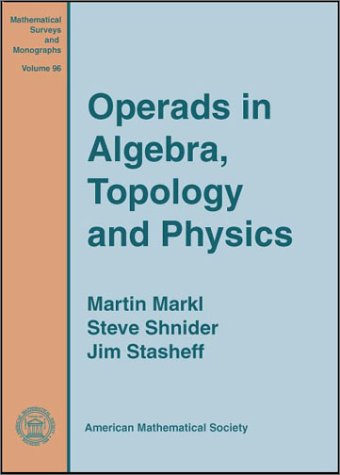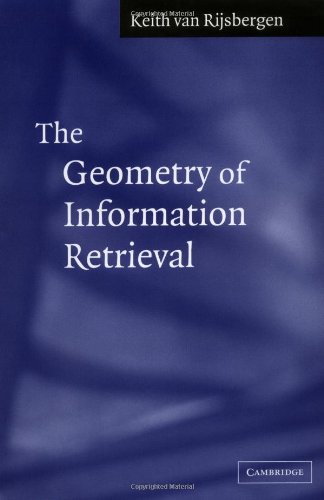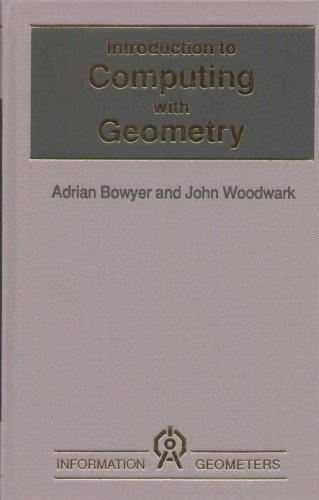Martin Markl, Steve Shnider, James D. Stasheff9780821821343, 0821821342
Operads are mathematical devices which describe algebraic structures of many varieties and in various categories. Operads are particularly important in categories with a good notion of “homotopy” where they play a key role in organizing hierarchies of higher homotopies. Significant examples first appeared in the sixties though the formal definition and appropriate generality waited for the seventies. These early occurrences were in algebraic topology in the study of (iterated) loop spaces and their chain algebras. In the nineties, there was a renaissance and further development of the theory inspired by the discovery of new relationships with graph cohomology, representation theory, algebraic geometry, derived categories, Morse theory, symplectic and contact geometry, combinatorics, knot theory, moduli spaces, cyclic cohomology, and, not least, theoretical physics, especially string field theory and deformation quantization. The generalization of quadratic duality (e.g., Lie algebras as dual to commutative algebras) together with the property of Koszulness in an essentially operadic context provided an additional computational tool for studying homotopy properties outside of the topological setting.
The book contains a detailed and comprehensive historical introduction describing the development of operad theory from the initial period when it was a rather specialized tool in homotopy theory to the present when operads have a wide range of applications in algebra, topology, and mathematical physics. Many results and applications currently scattered in the literature are brought together here along with new results and insights. The basic definitions and constructions are carefully explained and include many details not found in any of the standard literature.
There is a chapter on topology, reviewing classical results with the emphasis on the $W$-construction and homotopy invariance. Another chapter describes the (co)homology of operad algebras, minimal models, and homotopy algebras. A chapter on geometry focuses on the configuration spaces and their compactifications. A final chapter deals with cyclic and modular operads and applications to graph complexes and moduli spaces of surfaces of arbitrary genus. | |







Reviews
There are no reviews yet.